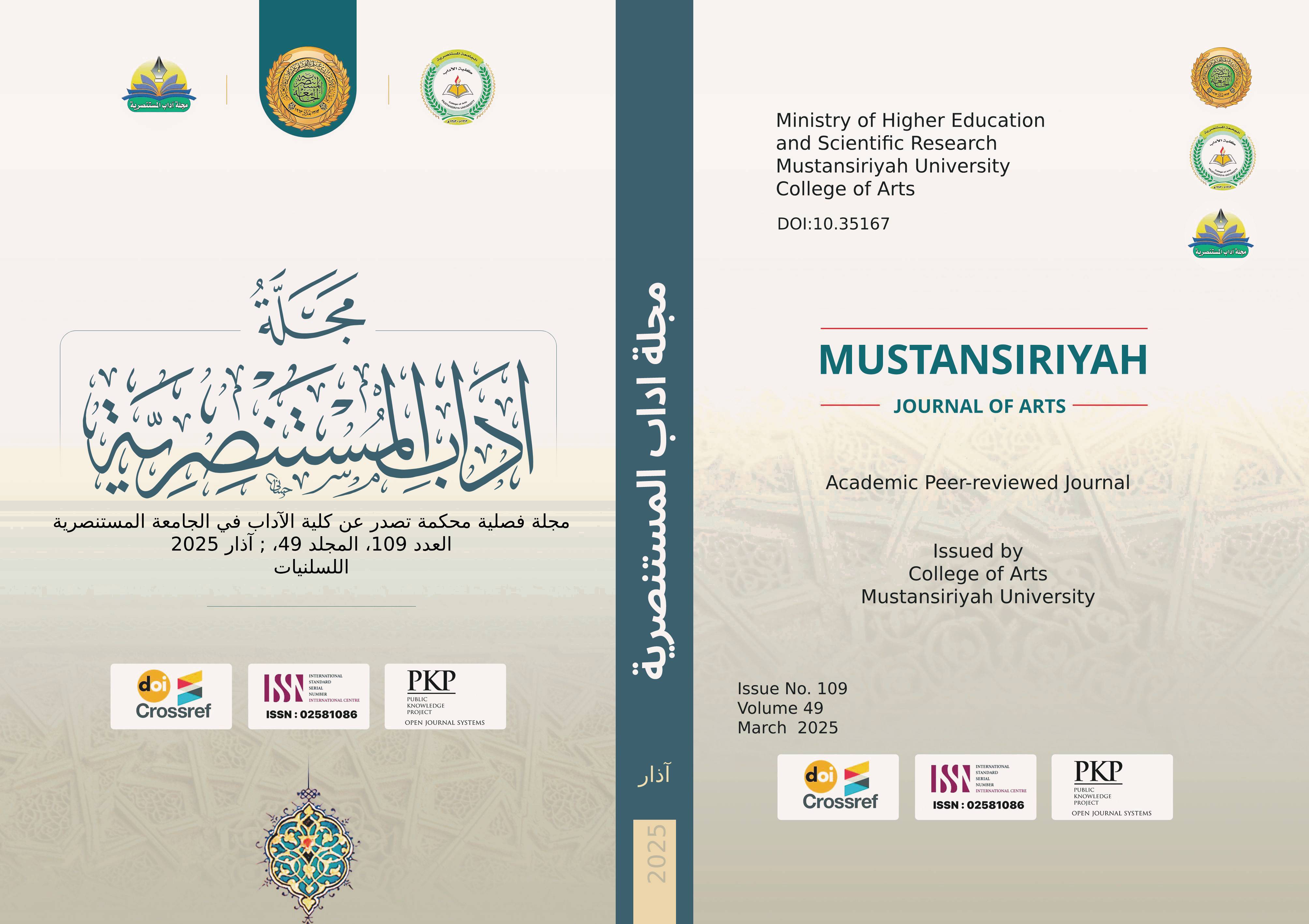The Role of Morphology in Language Acquisition: Insights and Implications
Abstract
This paper examines the critical role of morphology in first language (L1) learning and second language (L2) acquisition, addressing the challenges learners face in acquiring and internalizing morphological rules. The problem lies in understanding how morphological awareness—defined as the ability to reflect on and manipulate morphemes—contributes to vocabulary development, literacy, and grammatical competence, particularly in languages with complex inflectional systems. Drawing on data from existing studies on natural morphology and inflectional paradigms, this review explores cross-linguistic differences in morphological structures and their impact on language acquisition. The primary aim is to investigate how learners process and utilize morphological forms in diverse linguistic contexts and to identify implications for language instruction. Methodologically, this paper synthesizes research findings on morphological input through paradigms, explicit teaching strategies, and interactive activities designed to enhance learners’ morphological awareness. The study concludes that explicit instruction in morphology, including tailored activities and paradigm-based learning, is essential for improving language acquisition outcomes. It recommends the integration of morphological teaching techniques into language pedagogy to support vocabulary growth, reading comprehension, and grammatical accuracy for a broad spectrum of L1 and L2 learners.
Downloads
Published
Issue
Section
License

This work is licensed under a Creative Commons Attribution-ShareAlike 4.0 International License.


